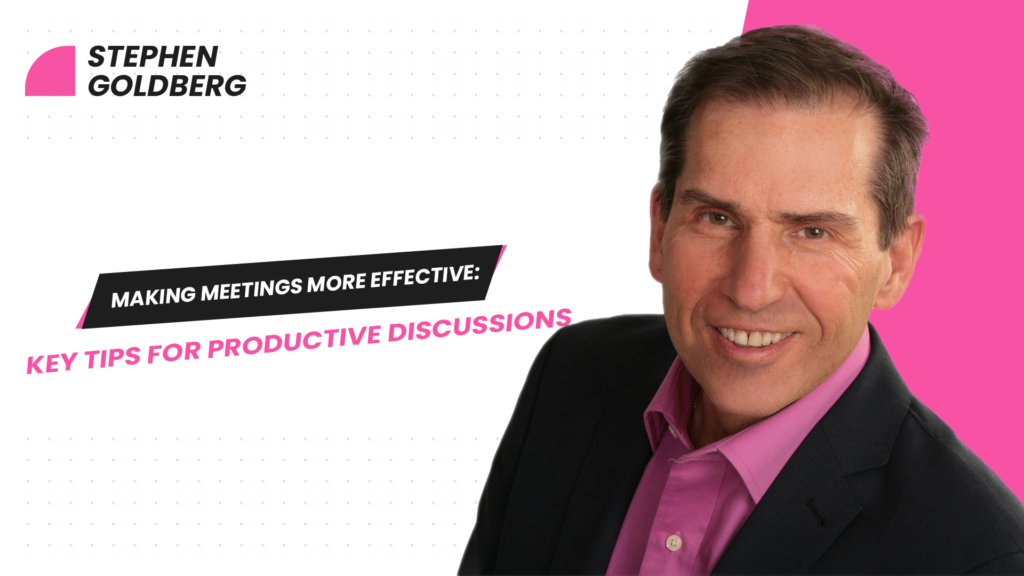
Meetings are an integral part of any workplace, but they can often be a source of frustration if not conducted effectively. As someone with almost three decades of experience in this field, I understand the common complaints about unproductive meetings. In this article, I will share essential tips on how to make your meetings more effective and purposeful.
1. Start with a Clear Purpose
The foundation of a successful meeting lies in having a clear purpose. Before scheduling a meeting, ask yourself if it’s necessary. Is there a more efficient way to address the issue at hand? Only proceed with the meeting if there’s a genuine need to bring people together.
2. Invite the Right People
One of the main reasons meetings can become unproductive is the inclusion of unnecessary attendees. Invite only those individuals who have a direct stake in the topics to be discussed. This way, you ensure meaningful contributions and keep the meeting focused.
3. Time Management is Key
Respecting everyone’s time is crucial for effective meetings. Set a specific start and end time for the session and adhere to it strictly. Going beyond the allotted time can lead to disinterest and hinder productivity. If certain topics need more discussion, schedule a follow-up meeting.
Starting meetings on time not only shows respect for everyone’s schedules but also sets the tone for punctuality. Waiting for latecomers can frustrate those who arrive on time. Encourage all participants to be punctual, and lead by example.
4. Create a Well-Structured Agenda
A well-prepared agenda is the backbone of a productive meeting. Clearly outline the topics to be discussed and allocate time for each item. Having a structured agenda keeps the discussion focused and ensures that all necessary points are covered.
I have a meeting planning worksheet that you can download for free. Check it out here.
5. Define Actionable Items and Responsibilities
A successful meeting results in actionable outcomes. Clearly define the tasks and responsibilities that arise from the discussions. Assign specific individuals to each action item to ensure accountability and follow-through.
Another tip is to make sure to understand the roles of various participants. The meeting owner initiates and guides the session, while the facilitator (or chairperson) ensures the meeting’s flow. A note-taker records key points, a gatekeeper maintains order, and a timer helps manage time for each agenda item.
6. Evaluate Meeting Success
After the meeting concludes, take a moment to evaluate its effectiveness. Determine if the meeting achieved its intended purpose and if participants actively engaged. Assess if the meeting adhered to the agenda and if action steps were clear and well-assigned. Gathering feedback from participants can also provide valuable insights for improvement.
Meetings don’t have to be a waste of time. By following these key tips, you can transform your meetings into productive and purposeful discussions. Emphasize the importance of a clear purpose, punctuality, and proper planning. Implement these strategies, and you’ll notice a significant improvement in the effectiveness of your meetings, leading to a more productive and engaged team.


